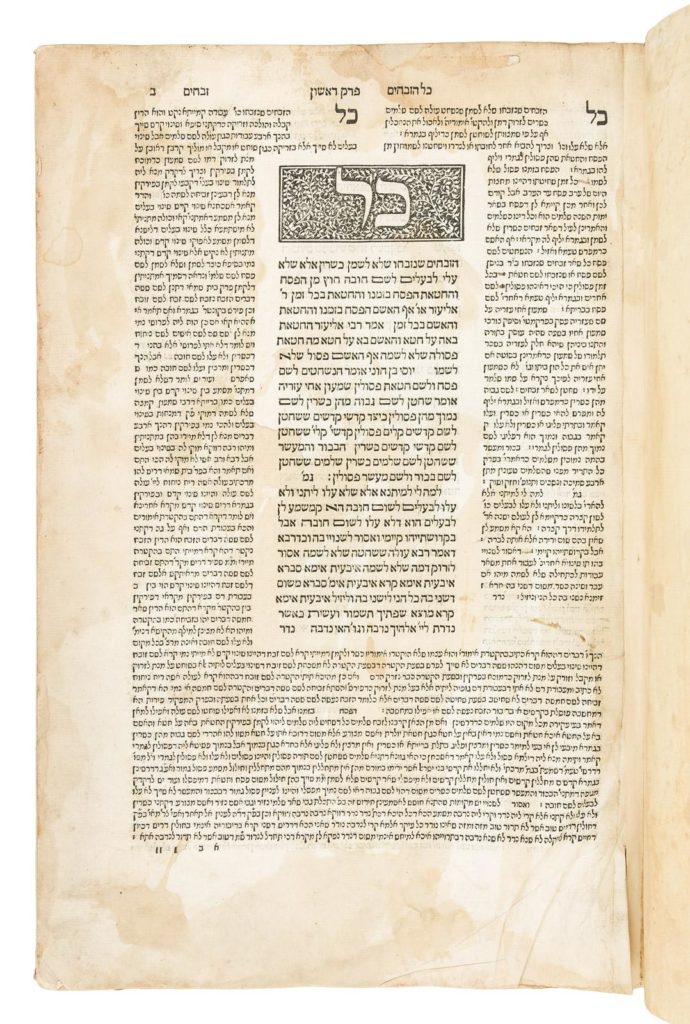Tim Berners-Lee, the inventor of the World Wide Web speaks at a Ted Conference:
The Talmud and Linked Data
A quick perusal of a page of the Talmud in the original form as designed by Daniel Bomberg, (circa 1549) shows multiple commentators surrounding the center text. All of these commentaries can be considered links to the text. This format was a forerunner to Tim Berners-Lee concept of Linked Data on the Internet today. READ MORE
GP Note
The following essay in PDF format by Marvin Heller is an excellent introduction to how our printed Talmud was first designed. The author writes: " With rare exceptions, subsequent additions of the Talmud have adhered to the arrangement, selection of commentaries, and structure initiated by Joshua Solomon Soncino... Gershom Soncino recounts how, many years earlier, he had traveled throughout France, Chambery and Geneva seeking the Tosafot of Touques, from whom he was descended. Many commentators have observed that what are now considered "our Tosafot" as opposed to those Tosafot printed apart from the Talmudic text or still in manuscript, results from the selection of Tosafot by the Soncinos to be printed with the text." Realizing the almost accidental origins of the standard Vilna Shas, we can better appreciate the remarks of Rabbi Chaim Wasserman and Rabbi Jay Miller, z'l, that the proper way of learning gemara should not be Rashi and Tosafot, but Rashi, the Rosh and the Rif and other Rishonim. The format of the Soncino Talmud is ingenious and enables deep mastery of the material, but it is not sacrosanct except by its extended use. The current popularity of the Steinsaltz Gemara and the Art Scroll editions highlight this point.
pdf Designing the Talmud by Marvin Heller
Nicholas Carr speaks at the Harvard Bookstore: What the Internet is doing to our mind
Nicholas Carr speaks about the effects of internet use on our minds:
The Reading Brain
We were never born to read. Human beings invented reading only a few thousand years ago. And with this invention, we rearranged the very organization of our brain, which in turn expanded the ways we were able to think, which altered the intellectual evolution of our species. Reading is one of the single most remarkable inventions in history; the ability to record history is one of its consequences. Our ancestors' invention could come about only because of the human brain's design extraordinary ability to make a new connections among its existing structures, a process made possible by the brain's ability to be shaped by experience. This plasticity at the heart of the brain's design forms the basis for much of who we are, and who we might become.
Knowing what reading demands of our brain and knowing how it contributes to our capacity to think, to feel, to infer, and to understand other human beings is especially important today as we make the transition from a reading brain to an increasingly digital one.
by Maryanne Wolf: Proust and the Squid
The Reading Brain - Mary-Anne Wolfe


